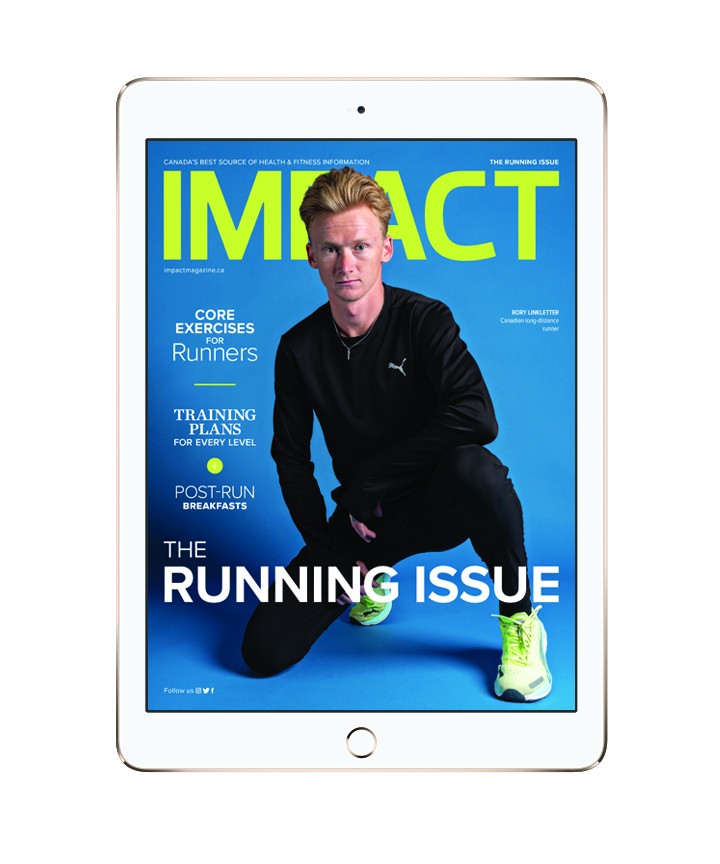
To perform well you have to master the fundamentals. Yet, when I observe the running community, we appear to be overlooking the most fundamental aspect to good running mechanics, performance and recovery: breathing. More specifically, nasal breathing. Let’s explore some of the benefits and extrapolate on why nasal breathing is fundamental to making good runners.
Believe it or not, the mouth is designed primarily for eating and vocalizing, not for breathing. It is becoming increasingly recognized amongst health professionals that chronic mouth breathing can lead to significant health complications such as high blood pressure, anxiety and sleep apnea, to name a few. Despite increasing research, mouth breathing seems to be given a pass during exercise, simply because it is much easier than its alternative: nasal breathing.
To the untrained nasal breather, it is much easier to breathe through the mouth, leading people to believe that nasal breathing is a limiting factor in training and performance. This increase in difficulty is what leads the exercise community to dismiss the nose as an efficient breathing device.
Since most runners are looking to run faster and/or farther, adopting a strategy that initially seems to impede this seems counter-intuitive. Even though we are designed to breathe nasally, the adage “use it, or lose it” comes to mind. Thus, there is a reconditioning period necessary with making the switch from mouth breathing to nasal breathing during physical activity. It is a humbling process that will initially run contrary to our competitive desire to make continuous and linear progress, as it can typical take anywhere from three weeks to three months.
There are two reasons why the simple solution of simply closing your mouth is not so easy in application. The first reason is more obvious. As the nose is a smaller passage than the mouth, we are required to slow down our breath rate. This slower breath rate can lead to a feeling of “air hunger,” which is the other reason we are inclined to open our mouth. To an unconditioned nasal breather, this is very uncomfortable, and the urge to open the mouth often becomes too great. However, the drive to breathe, or air hunger, that comes with an increased workload does not come from a lack of oxygen as most people believe.
As exercise intensity increases so too does oxygen demand. Yet it is the build-up of carbon dioxide (CO2)—the byproduct of cellular respiration—that drives our breath rate. Only a very small amount of CO2 build-up is required to trigger air hunger and more than double our breath rate. In which case, the mouth acts as a quick release valve for off-loading CO2.
As it happens, we tend to carry a large enough oxygen reserve in the bloodstream to accommodate a significant drop in oxygen levels before sounding the alarm to breathe. In essence we are training our brains to tolerate higher levels of CO2 because its presence plays a very important role in oxygen delivery to the tissues. The “Bohr Effect” states that when CO2 is low—due to over-breathing—our hemoglobin has a greater affinity for the oxygen it is carrying. When CO2 levels are higher, the hemoglobin will more readily release its oxygen molecules, thereby increasing oxygen delivery to tissues in need.
Nasal breathing not only improves oxygen delivery to the tissues, it also improves the efficiency in which oxygen is exchanged at the lungs. The nose acts as a turbine to drive inhaled air deeper into the larger, lower lobes of the lungs. This allows for greater surface area for gas exchange—oxygen in and CO2 out—and takes advantage of a greater blood supply (due to gravity).
Nitric oxide is an airway-opening gas that pools in the nasal cavity and follows the inhaled breath into the lungs, further increasing oxygen exchange capacity. In contrast, mouth breathing is correlated with apical breathing, which is a shallow breathing pattern higher in the chest. Since less air is able to reach the alveoli (site of gas exchange) of the larger, blood rich lower lobes, more air is lost to dead space as a result. This “lost” air cannot be used for gas exchange as it is caught in the throat, bronchi and bronchioles of the lungs. A subsequent increase in breath rate to compensate only ensures that more air will be lost to dead space, making mouth breathing much less efficient than nasal breathing.
Remember, the nose drives the air deeper, which helps to utilize the diaphragm, aka the breathing muscle.
This will also have strong implications on training and recovery as the heart must beat faster to accommodate a faster breath rate. Heart rate is generally what we use to determine exertion and intensity levels, and ultimately determining how much recovery is required. Therefore, a conditioned nasal breather benefits from reduced exertion and stress load during a given activity, which fundamentally improves one’s ability to recover between runs, since less recovery is needed, which in and of itself has significant implications with regards to training volume and injury prevention.
Lastly, good breathing mechanics are imperative to good running mechanics. Remember, the nose drives the air deeper, which helps to utilize the diaphragm, aka the breathing muscle. An apical breathing pattern adversely influences the diaphragm and its ability to generate the intra-abdominal pressure needed to stabilize the spine and joint systems throughout the body leading to compensatory posture, movement and motor control. This is further exacerbated by an open-mouth posture as it shifts the head forward and further alters spine and joint position, while shifting the centre of mass forward. All these factors combined contribute to aberrant running mechanics while making any semblance of good mechanics more challenging to maintain, especially when fatigued.
If you are inclined to adopt the health and performance benefits of being a conditioned nasal breather, there are many resources and tools to aid in your success. The book Breath by James Nestor is a great resource to start, while authors Patrick McKeown, Anders Olsson and John Douillard’s books give practical training applications while further expanding on the science.
Using Breath Right® nasal strips or nasal dilators make the transition easier. Taping the mouth shut at night is becoming a popular method for improving sleep quality and overall health in addition to improving CO2 tolerance. However, it is how you breathe throughout the day that has the most influence on how you breathe during physical activity and sleep, making it the best place to start. Overall, the process is challenging but rewarding.
You may also like: Take a Breath

Read This Story in Our 2023 Running Issue
Featuring Rory Linkletter, Canadian long-distance runner. Add to your bucket list with the top Destination Marathons Around the World. Train for 10 km right up to a marathon – plus a 70.3 program. Increase your strength and work your core with Canada’s Top Fitness Trainers. Enjoy plant-based, post-run breakfasts and so much more.















